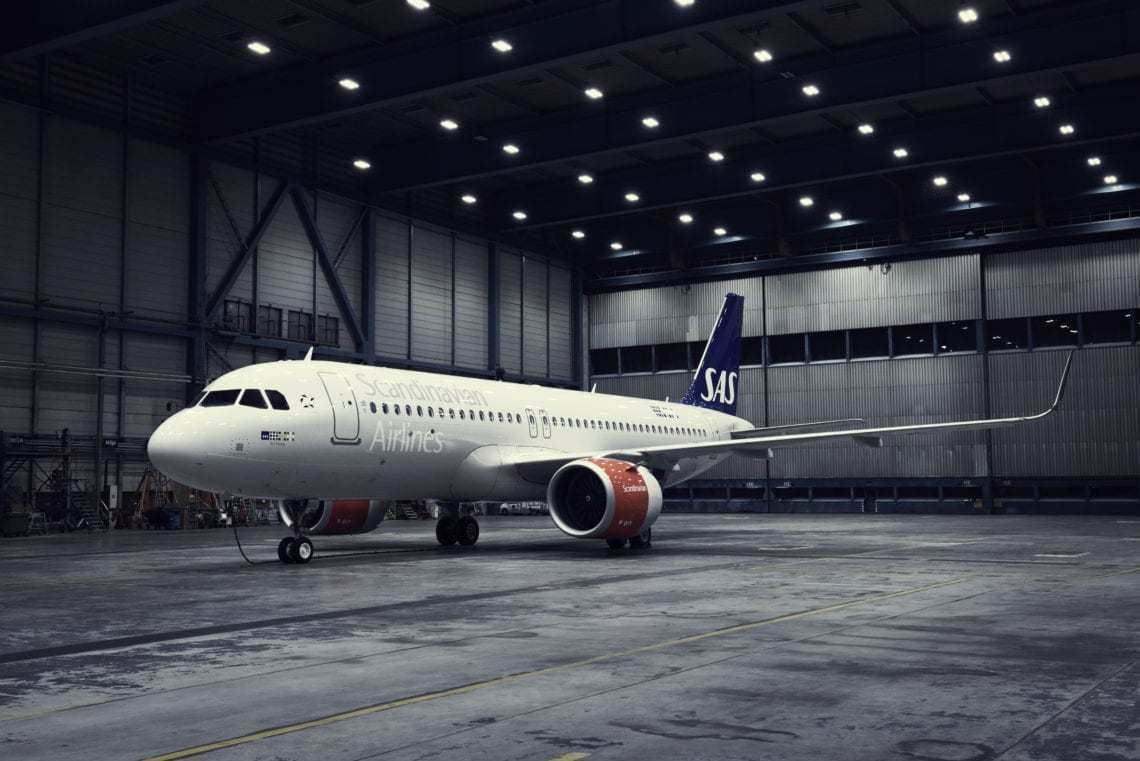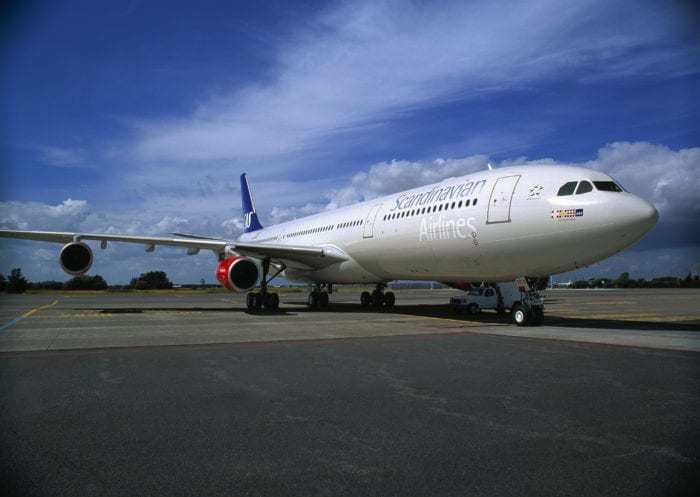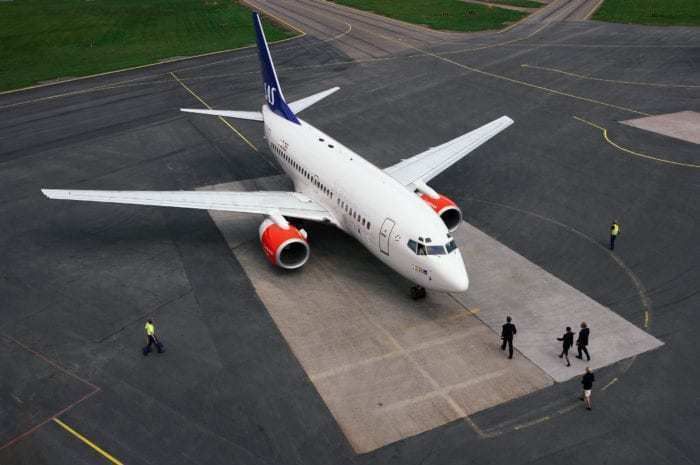SAS pilots have been successful in making their voice heard. A contract agreement has finally been reached following their week-long strike. With SAS surviving on narrow profit margins, the strike is expected to have been highly detrimental to their chances of a profitable year.
SAS pilot strike
On April 26th, SAS pilots shocked the airline when they went on a company-wide strike. According to The Local, the reason for the strike was down to disputes about wages and working conditions. Throughout the strike, more than 4,000 flights were canceled, resulting in more than 380,000 passengers being stranded.
The Swedish Airline Pilots Association was leading negotiations with the airline to ensure job security for its members during the strike. After a week of negotiations, an agreement was finally made to end the strike.
The pilots were initially aiming for a 13% wage increase but settled with a three-year deal for a 3.5% salary increase. Although operations were announced to begin immediately after the agreement, it still took an extra 24-hours before all flights were operational.
Strike affecting profits
There are many repercussions to the airline based on the extensive strike. For the pilots, it was a successful move in terms of getting their voices heard, but it could have potentially caused more harm to the airline than good in the long run.
With the new agreement, SAS will now be paying its pilots a premium on their original salaries. In 2012, SAS was nearing bankruptcy. To save the airline, drastic measures were enacted, including cutting employee wages and even job layoffs. The strike was a motion to help restore the lost pay over the past few years.
While SAS barely escaped bankruptcy, the new deal with the pilots could potentially put the airline right back in the same position. If SAS goes bankrupt, essentially the pilots could go from a brief pay increase to a permanent job loss.
There are several other costs as a result of the strike. According to Forbes, it's estimated that the strike ended up costing the airline $10.5 million every day, from lost flight revenue and related expenses. By the end of the strike, the total cost amounts to an estimated $52 million.
The high costs of the strike, the damage to the airline reputation, and the increase in employee wages are just the beginning of the loss of SAS profit for the entire year.
A struggling airline
SAS was fortunate to have been profitable for the past four years after a near shutdown due to the bankruptcy. The issues with the employees were just a part of the story. SAS has been striving to reduce rising costs from all aspects of operation.
At the closing of the strike agreement, Reuters reports that Sydbank Analyst, Jacob Pedersen, states:
“SAS could be on the brink of losing their competitiveness if this agreement is not counteracted by more savings.”
In addition to the substantial costs of the strike, SAS is battling against rising fuel costs for airplanes and overcapacity of flights. The reputation of the airline doesn’t help their situation. The public responded with a 2.75% decline in the stock price even after the agreement was reached.
For an airline already on shaky ground and working towards rebuilding itself, a strike of this scale was the last thing they needed. Most hopes for profits during 2019 have been wiped away in just a week. It will take a lot of work to see its revenue return to the predictions, but any other shift in operations could result in losses for the year.
Even though the employees received the demanded contracts, was it worth jeopardizing SAS to receive the pay increase?



